Hospital information systems: Implementing the convergence of GHT information systems
The creation of GHTs - Groupements Hospitaliers de Territoire - introduced as part of the Health Law of January 26, 2016, is shaking up the IT landscape of hospital systems.
Find out what Jean-Christophe CALVO, Director of Information Systems at CHRU de Nancy and the GHT Sud Lorraine grouping 11 establishments, has to say. How do you go from convergence to the implementation of an information systems master plan?
Find out more in this article:
- How a GHT works
- challenges linked to the implementation of a common hospital information system
- Setting up the GHT master plan with PPM software
How does a GHT work?
The French Health Act no. 2016-41 of January 26, 2016, on the modernization of the healthcare system, also addresses purchasing and IT support functions. In particular, the law calls for the mutualization of Information Systems between establishments that are part of the Groupements Hospitaliers de Territoire (GHT). This task is generally entrusted to the GHT support establishment. This convergence is part of the overall management system, and the IT component is included in the governance committees.
This ambition translates into "the strategy, optimization and joint management of a convergent hospital information system. A key theme is the implementation of a patient file to enable coordinated patient care across the GHT establishments".
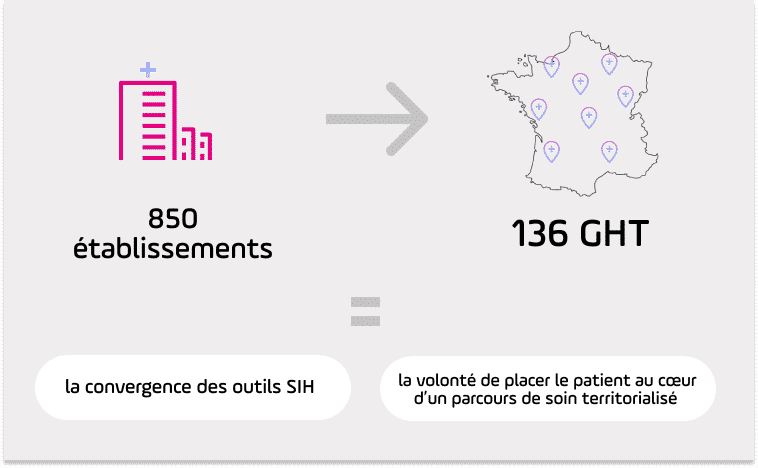
Setting up shared functions within the GHT
The Hospital Information System (HIS) must be designed not on a facility scale, but on a regional scale, to provide a coherent, comprehensive digital offering. The law imposes a convergence of information systems, i.e. a rationalization of applications for each functional area (a single patient file, a single human resources management software, a single quality management software, etc.).
To move from N Information Systems to a convergent Information System, each GHT draws up an Information System Master Plan.
The law must be applied in two stages:
- 2018 to finalize the IT master plan
- 2021 to finalize convergence of information systems
When the GHT was set up, we had to be reassuring and educational with the establishments, to explain why it was necessary to set up a common policy within the territory. We had to generate sources of funding, in particular to finance installations in the hospitals (replacement of software, management of facilities, management of appointment scheduling, etc.). This requires investment, but also a great deal of communication and change management.
The challenges hospital information system GHT
Focus on interoperability between existing software solutions or on convergence?
A single tool must be implemented for each functional area (new tools or replacements for a single tool). The aim is to equip each functional area with identical applications, to enable users to benefit from the same IT environment in each GHT establishment, and to facilitate MCO - Maintien en Condition Opérationnel - and user support.
The information system comprises some 100 applications, the main ones being: patient records, admissions, billing, quality and human resources.
Managers will have to consider 2 solutions:
- Adapt to existing IS and make existing solutions interoperable
- Converge software by choosing a single solution or by replacing redundant solutions
As the first solution is quicker to implement, some GHTs are moving in this direction in order to meet legal deadlines. Putting a portal on top of patient files to aggregate information. However, this solution does not take into account all business issues and opportunities to converge applications. For Jean-Christophe CALVO, interoperability is not always the best approach. He favors the "convergent HIS" over interoperability solutions between information systems. This solution enables a better alignment of issues, and is more likely to meet the requirements of the law.
To structure convergence projects, you need to run workshops. What information is structured by the analyzed software, the parameterization phase, then the deployment phase with training. The deployment phase takes about a month. After that, however, it is possible to duplicate the methodology, which speeds up implementation.
The need to harmonize practices despite different organizational structures
All software is a response to challenges .
Having just one tool and one form can complicate patient management. We therefore need to take into account the specific needs of each business.
In this case, each hospital has its own practices. For example, some caregivers administer care in capsules, while others administer it in milligrams: the software records this as such. A common form can then really change patient practices. We need to reach a consensus on the principle of convergence, because in the end there is only one form for all establishments...
Our Master Plan is based on needs and medical fields. The Master Plan is designed to meet business needs. It provides the broad outlines for equipping establishments, so that they can meet their needs and implement new tools. We need to get some of the GHT representatives around the table to ensure that the software meets the challenges needs of healthcare professionals.
Budgets are getting tighter and tighter, and expenses need to be kept under control.
Harmonizing an information system across a "groupement hospitalier de territoire" involves significant costs and implementation time. Funding sources are a real issue when it comes to covering the master plan. We need to be vigilant with regard to objectives and monitoring indicators. These sources of funding are a real issue if we are to be on time for the effective implementation of the master plan by 2021.
The HOP'EN program for " Hôpital numérique ouvert sur son environnement " ( digital hospital open to its environment ) is part of the digital healthcare policy and the roadmap "Accelerating virage digital" presented by the Minister on April 25, 2019. Financing is one of the levers of the HOP'EN program. Its aim is to support healthcare establishments by rewarding the effective use of the information system by healthcare professionals.
It is advisable to monitor expenditure items, and in particular the indicators for tracking between the forecast and actual budget. This type of functionality is available in ppm software for monitoring this risk indicator.
Managing teams for GHT convergence
The transition to GHT means mobilizing teams to implement the new strategy. We need to rely on collective processes and professional standards set by a working group.
Everyone is responsible for his or her own assets, but we're starting to review expenses in a GHT context. As there is no legal entity for the GHT, the resource is attached to the establishment of origin. This is a problem to be managed in terms of organization. To do this, we need to federate with a common rationale.
How is the Master Plan comitology and monitoring system organized?
- Local coordination
The GHT has created a local coordinator, by inviting applications from all GHT establishments. The coordinator's mission is to be present in the field to identify problems and opportunities. Knowledge of the field gives the coordinator real legitimacy and enables him or her to be as close as possible to users' needs.
- A monthly steering committee
A GHT operational committee where all IT managers are present, as well as the President of the territorial medical commission and the Director in charge of territorial coordination, to discuss progress, needs, markets, etc.
- Tracking indicators
The aim is to detect project risks in terms of resource management, budgets and project progress.
- A steering tool
Nancy's CHRU relies on software Project Monitor to track indicators. A PPM tool - Project Portfolio Management - is a software package that assists you in the key processes involved in managing your project portfolio.
5 tips for a successful GHT master plan :
#1 Communicate on the implementation of the change management plan
Be an educator, communicating about the project, the IS and its evolution, in line with the change management plan. Setting up a field coordinator gives you real legitimacy and ensures that you're as close as possible to users' needs.
#2 Adapting tools to business needs
Organize workshops between IS teams & caregivers to ensure that the tool meets business needs in the field
#3 Deployment based on feedback
Build on quick/win and roll it out to other plants
#4 Tools for arbitrating and monitoring the master plan
Monitor the achievement of objectives set out in the information systems master plan and implement corrective actions if necessary. Establish monitoring indicators using a PPM tool. Check the overall consistency of projects in relation to the information systems master plan.
#5 Be on the lookout for opportunities
Analyze, monitor and prospect the IT supplier market to identify opportunities, even beyond the master plan.
How to monitor the implementation of the Master Plan? Nancy's CHRU relies on the PPM tool Project Monitor
Project Monitor is project portfolio management software
We track indicators on the health of our commitments: project weather, budget performance, highlights, number of man-days on projects.
Led by the PMO, it provides the steering committee with a summary of these monitoring indicators.
Dashboards for monitoring indicators
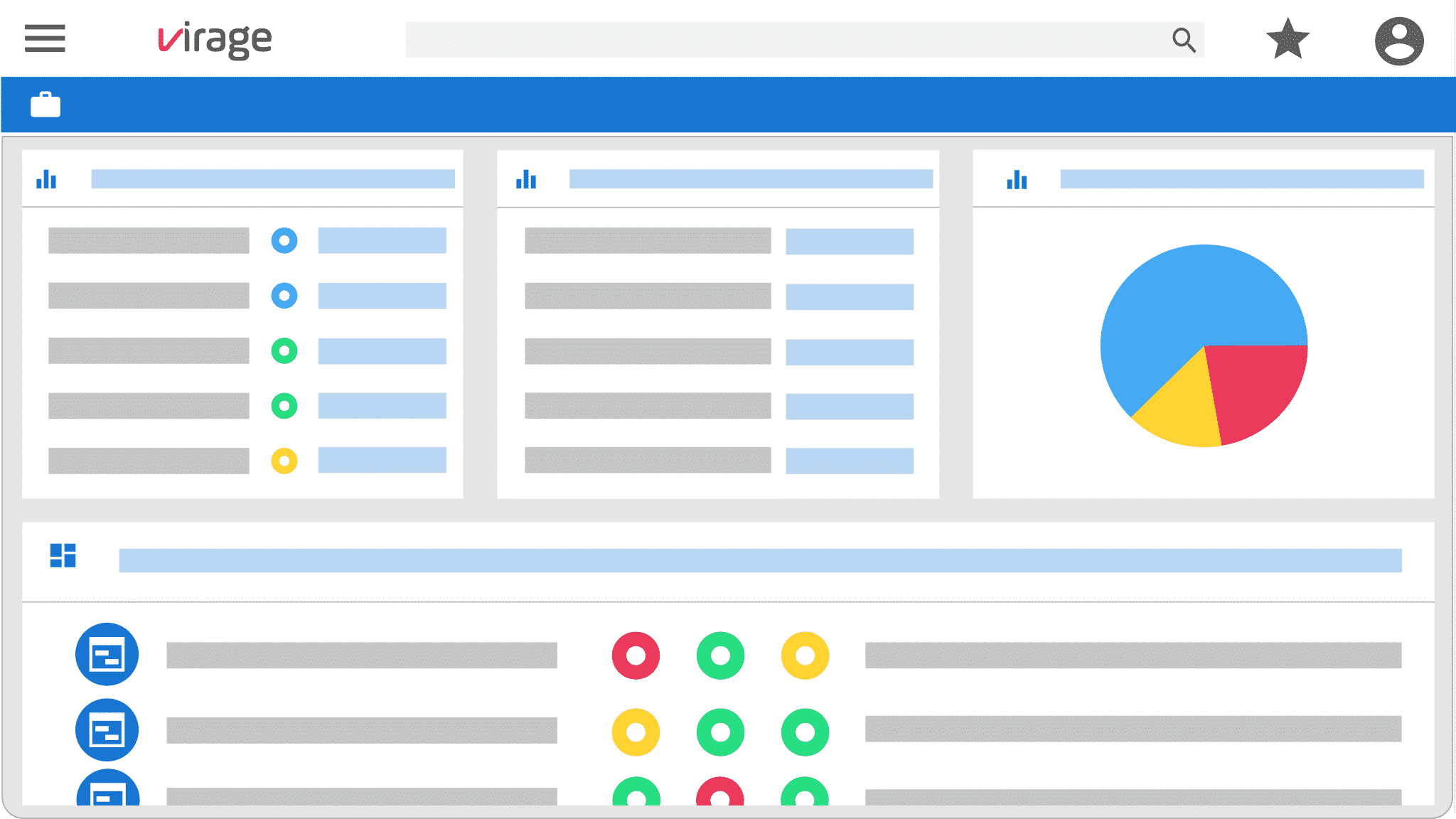
Project portfolio analysis is facilitated by all project themes, business indicators and project KPIs. They provide a single or multi-project vision with quantitative and qualitative data.
Project budget monitoring
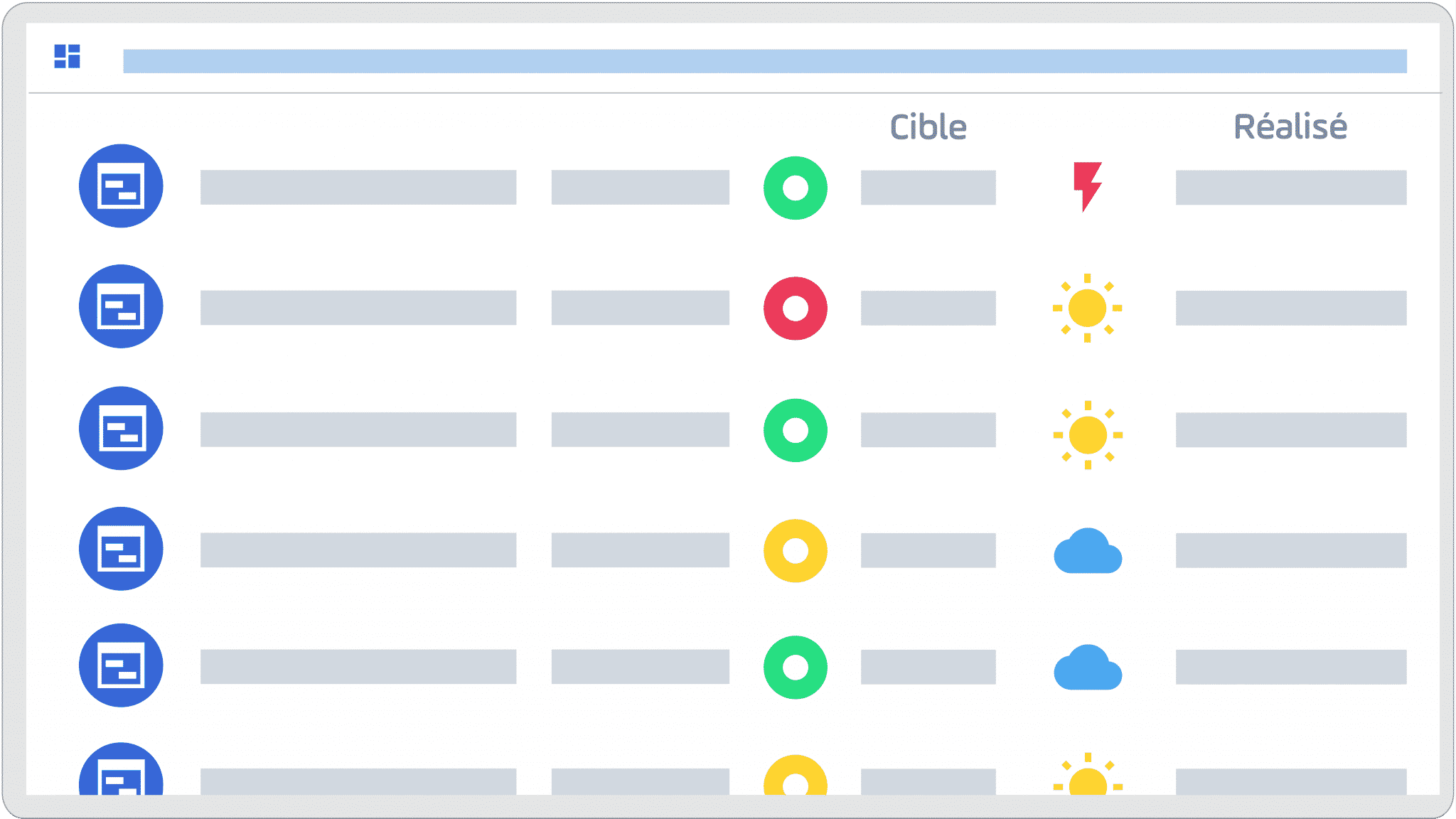
Project Monitor allows you to declare, for each project, a detailed reference budget by nature and budget item. You can also track actual expenditure and raise alerts.
Resource management
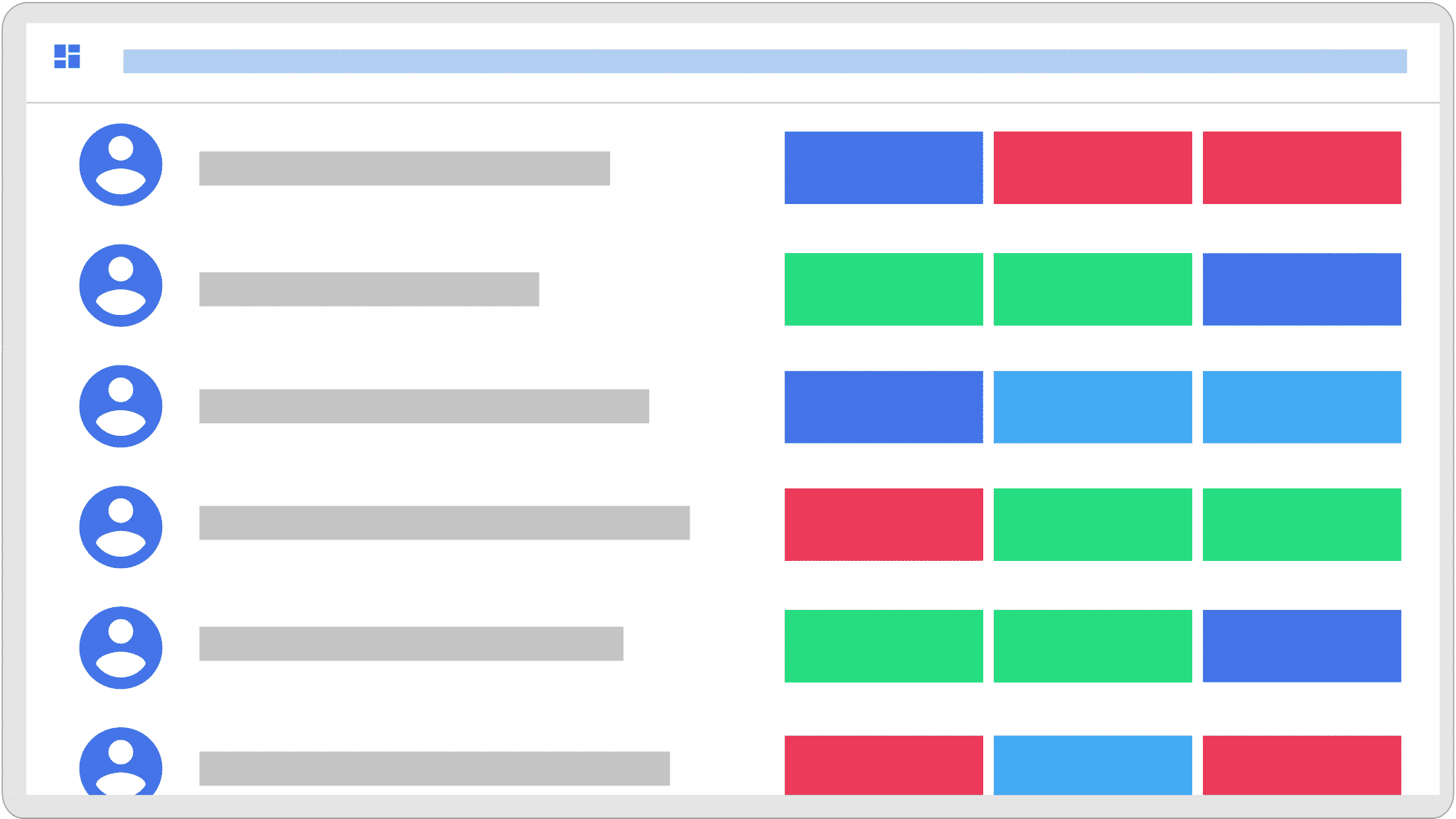
For each resource, Project Monitor lets you define a target and plan the load over time. This feature aligns planning with the capacities and availabilities of the resources that carry out the projects.
Project portfolio milestones
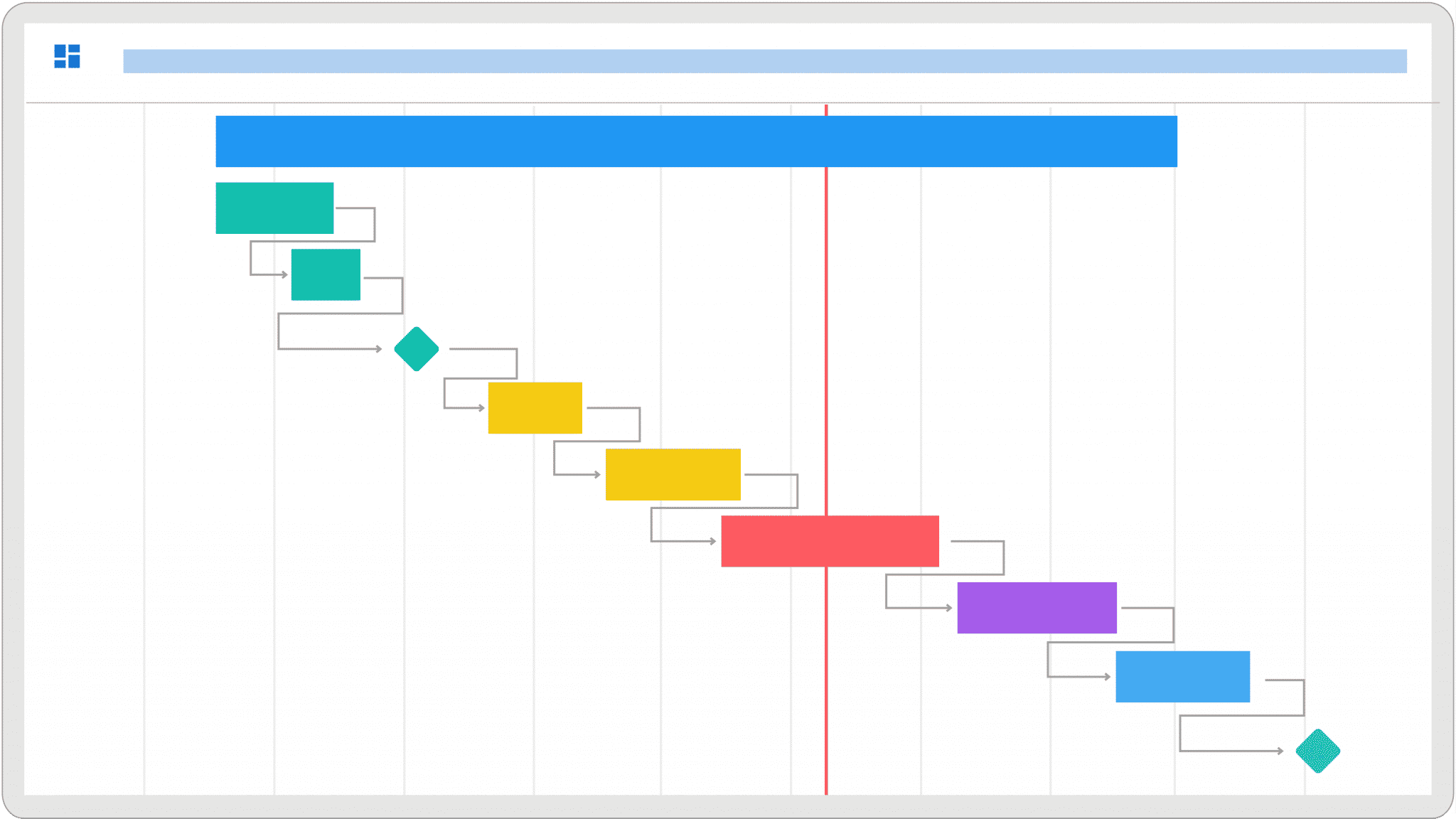
Project Monitor project portfolio management software features an interactive online Gantt. The entire project team collaborates in real time to monitor and update project progress. This feature makes it easy to visualize the schedule project with phases and milestones.
HIS - Manage your projects with Project Monitor
Our experts share their feedback, free of charge and without obligation.